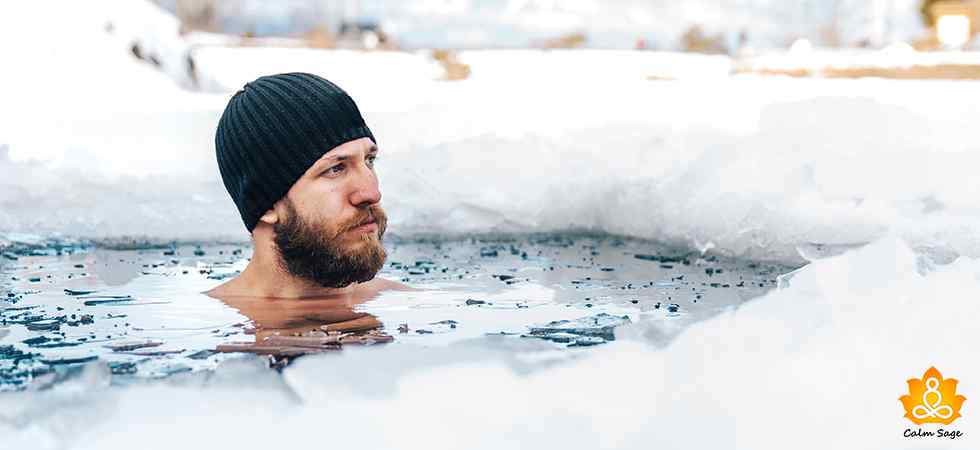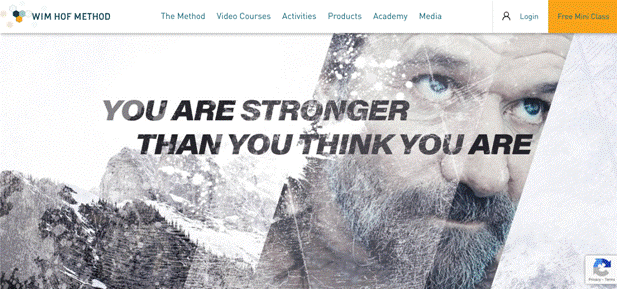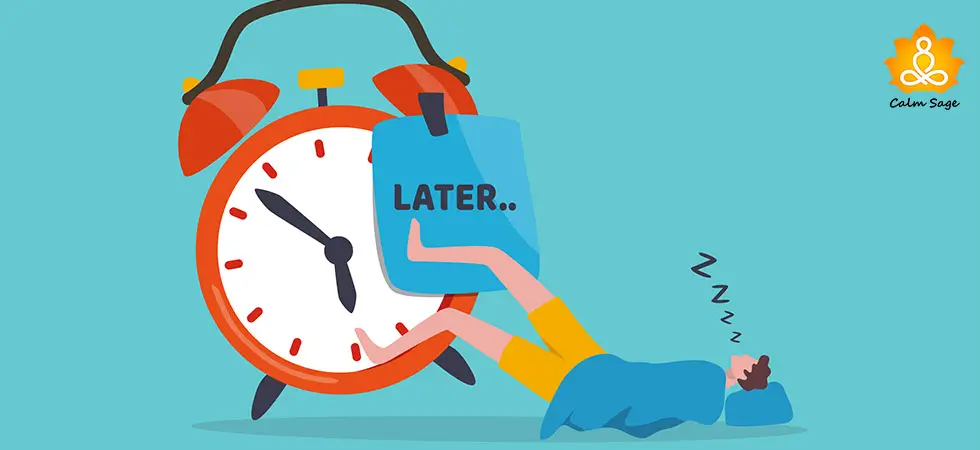The Wim Hof Method: Is Following The Iceman’s Technique Worth It?

In the past, I’d heard about different types of breathwork practices for holistic healing and well-being, and among those, there was one that stood out the most; The Wim Hof Method. The Wim Hof technique (WHM) is a powerful, and quite frankly, popular holistic wellness practice that incorporates breathing techniques, cold therapy, and meditation to heal and improve your health.
This technique is created by a Dutch athlete Wim Hof, who’s also known as “The Iceman”! No, I’m not making it up. This method has gained popularity in the last few years because of its acclaimed physical and mental health benefits.
Even though it’s a widespread technique to heal your inner wounds and boost your health, there’s a lot you need to know before you say yes to the practice. In this blog, we’re exploring the benefits of Wim Hof breathing, how you can practice it, and what tips to keep in mind before practicing the Wim Hof Method.
Origins of the Wim Hof Method

Wim Hof, a Dutch athlete, discovered his ability to withstand extreme temperatures – especially his affinity with cooler temperatures – while ice-bathing in the frozen lakes of the Netherlands. Over the years, Wim Hof developed and honed his method by combining meditation and breathing techniques along with exposure to ice-cold temperatures to enhance resilience and overall health and well-being.
A certified nurse and instructor of Wim Hof Breathing say that this practice helps increase oxygen levels and release carbon dioxide and can be beneficial in easing depression, anxiety, mood disorders, mental focus, and pain management.
The Benefits of the Wim Hof Breathing
While the practice does sound a bit extreme, its several benefits might reinforce your belief in giving this breathing technique a try. Here are some of the benefits of the Wim Hof Technique;
- Better Immunity: Regardless of the method, one of the most remarkable benefits of this breathing technique is its ability to improve your immune system. Various studies also show that this method can positively influence your immune system and help reduce sensitivity to infections.
- More Energy: Wim Hof practitioners also believe that practicing this technique can help you feel more energized and focused. It is believed that because of the improved oxygen intake and circulation in your body, the energy in the body increases.
- Reduces Stress and Anxiety: The WHM incorporates meditation and breathing exercises which can help reduce symptoms of stress and anxiety. The type of controlled breathing that this unique method employs may activate your parasympathetic nervous system, improving relaxation.
- Better Mental Focus: Practicing the Wim Hof Method might also help you improve your mental focus and clarity. The meditation part of this practice can take credit for this. Meditation can help you center your mind and control your thoughts, leading to a balanced mental state.
- Improved Sleep Quality: WHM has also been proven to improve sleep patterns and quality. Practicing this technique can help you fight insomnia and calm your body and mind enough to promote healthy sleep.
How to Practice the Wim Hof Method?

Image Source: Wim Hof Method
-
Breathing:
Step 1: Find a comfortable position. You can either sit in a lotus position or lie down.
Step 2: Take at least 30 deep but fast breaths through your nose and release them through your mouth. When you inhale, keep them deep, but as you exhale, let the breath flow naturally. Don’t force the exhalation.
Step 3: As you exhale your last breath, hold your breath for as long as you can comfortably.
Step 4: If you feel the need to take a breath, then inhale deeply and hold it in for 15–20 seconds.
Step 5: Exhale and continue breathing normally.
This will complete one round of the breathing exercise of the Wim Hof Method. You can repeat for more rounds.
-
Cold Therapy:
Step 1: Start by gradually exposing yourself to cold temperatures. You can start with cold showers or cold baths. If you can’t take a cold bath, then immerse your feet and hands in cold water.
Step 2: As your cold tolerance builds, you can take longer cold showers or baths, if you feel comfortable.
-
Meditation:
Step 1: After the breathing exercises and cold therapy, you can find a quiet and distraction-free space to sit and meditate.
Step 2: During meditation, try to focus on your breathing. You can also use other meditation techniques that you find suitable for yourself.
Is The Wim Hof Method Effective?
The Wim Hof Method has gathered a lot of interest, there’s no doubt about that. And while many practitioners claim to have seen improvements in their mental and overall well-being, there is a need to heed caution while beginning this practice. Even the scientific evidence to support this unique practice needs to be studied thoroughly.
Some studies show promising results especially when it comes to the effect on the immune system and stress management, and yet more research is needed to truly understand the effectiveness of the Wim Hof Technique.
Precautionary Tips For Beginners

If you’ve been swayed by WHM or not, there’s always a need to take precautions when practicing something as new and unfamiliar as this. Here are some tips for you to keep in mind before saying yes to the practice. Heed them well!
- Before beginning the practice, consult a WHM instructor or a professional. If you have any pre-existing conditions that might affect your breathing or sensitivity to colder temperatures, then seeking professional advice can’t hurt.
- Don’t rush into the practice. Take your time and gradually expose yourself to colder temperatures. You need to build tolerance for cold temperatures before you can truly immerse yourself in the practice. Taking it slow can also prevent any potential health risks the practice may pose.
- If you decide to practice the Wim Hof breathing in a cold bath, then make sure you’re not alone. Always have someone present with you to assist you, especially if you’re new to the practice. You can always reach out to WHM practitioners and instructors for more advice and concerns.
- Do not overexert yourself when practicing breathing exercises. The breathing exercises can induce lightheadedness or tingling sensations in your body, so avoid overdoing yourself or pushing your limits too hard. It’s OK. It’s more important to listen to your body’s limits. If you can’t breathe in through your nose, that’s OK too. You can breathe in through your mouth too.
- Do not practice WHM if you’re a pregnant person or are taking medications. If you still want to practice, then it is strongly recommended that you consult a professional first.
Wrapping Up
The Wim Hof Method offers an interesting approach to boosting your well-being. This technique combines breathing techniques, cold therapy, and meditation to improve your immunity, boost energy, better your sleep, and even reduce stress and anxiety. While many practitioners of the Wim Hof Method might preach the benefits and positive effects on their health, it’s important to remember that each experience might differ.
If you’re new to this holistic wellness practice, then it’s strongly recommended that you keep an open mind, heed caution, and reach out to an instructor of WHM before giving this practice a try.
Disclaimer: This blog is not a professional review of the Wim Hof Method. Any or all opinions and thoughts expressed in this blog are the author’s own and are not intended to hurt or discredit any party(s).
Found this article on the Wim Hof Method interesting? Want to learn more about such practices? Visit our website for more or write to us at info@calmsage.com. You can also share your thoughts with us in the comments below.




















